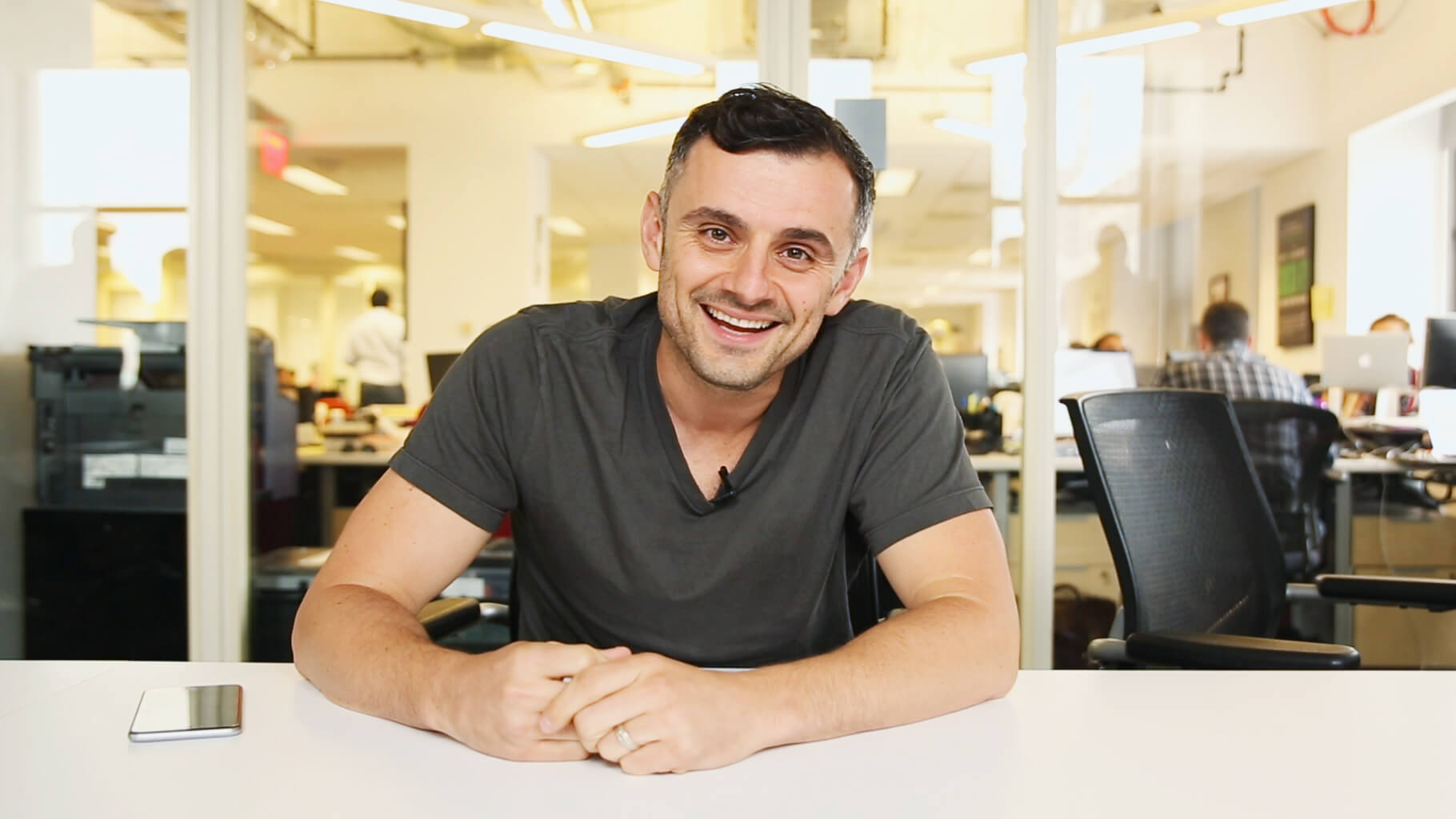Recently in class, we looked at Entrepreneurship and Innovation. Honestly, before this class I had always thought that this particular facet of business was too much effort, and frankly too flimsy. However, after class had concluded I found myself completely reconsidering what I thought Entrepreneurship was all about.

The article I read this week was about Markus Frind, the Vancouver-based, former CEO of “Plenty of Fish”. Plenty of Fish began in 2003, initially in order to help build Frind’s resume. In completion the website took just under two weeks to be created and released. Before he knew it people were signing up and Frind describes it as, “it blew up from there. It wasn’t like I had a plan to create a dating site. It was just a side project I created that got really big.“. This statement spoke a lot because that’s part of the essence of being an Entrepreneur, creating something to fix or alleviate a consumer struggle. It’s almost as if he created a value proposition diagram to find a costumer pain to relieve. In this case Frind provided aid to those looking for a convenient and calculated way to meet new people.


One of the key factors to Frinds success is the fact that he was already a developer before he started Plenty of Fish; giving him the ability to create the website without having to seek out any Venture-Capital funding. This also allowed him complete ownership of the company, to a point where he only had to expand to 75 employees. The largest key factor to Frind’s success is the fact that the company was immediately profitable. Match.com’s CEO Sam Yagan is very excited to be signing the $575 million dollar deal with Markus Frind because of what he see’s as future exponential growth.
As beautiful as it is to see the”Entrepreneurial Dream” the path paved for success is rarely this easy. The road is lined with obstacles, hardships and many failures. But it’s one’s ability to overcome those failures, that makes them a true Entrepreneur and that is what Gary Vaynerchuk discusses in his online blog, “How to Overcome Failure“.

Gary approaches failures as “micro or macro”. In which he defines macro-failure as: dying, filing chapter 11 bankruptcy, going completely out of business or someone you care about punching you in the face and saying they’re never talking to you again. Anything else he says is a micro-failure.
One thing that directly stood out was the fact that being afraid to micro-fail and not taking risks, ultimately leads to macro-failure in the sense that the company isn’t moving forward. Basically, any company is going to have failures but almost all of them can be dealt with.
Word Count: 448